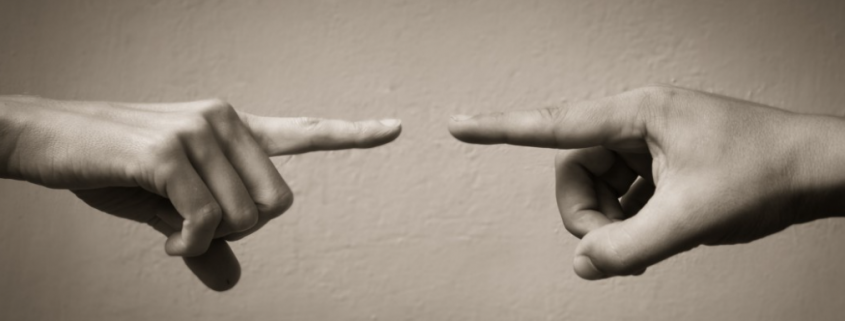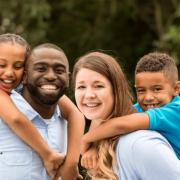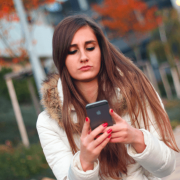Covid-19 Shaming; How The Blame Game Hurts Us All
Stigmatizing coronavirus infection inhibits society’s ability to stop the spread.
“Which child has Covid-19? Who gave it to who? Were they wearing masks? Have her parents been good? We are reopening schools amidst a high number of COVID-19 cases. The chances are increasing that every parent will be faced with a potential child coronavirus exposure.
Covid-19 shaming and finger-pointing reduce our ability to fight the pandemic.
Childhood Covid-19 infections create a conflict between the personal right to privacy vs. the public health need for disclosure. The infected children deserve privacy, but other children’s parents need to make immediate quarantine and testing decisions.
When parents hear about a potential coronavirus exposure, we can not play the blame game. Instead, parental attention must be on risk assessment to determine the need for testing and home quarantine.
The potential risk of coronavirus shaming hit me last week when my daughter was exposed during a socially distanced basketball practice. My phone exploded with panicked parental text messages.
Everyone wanted to know, “who had Covid-19,” and “what was the extent of the exposure?”
A new imminent problem is about to strike every school, dance class, soccer team, band practice, community program, and other childhood activity. How do we balance our parental instinct to protect against our reflex to assign blame?
Parental protective instincts are a natural response after a child is exposed. Parents need to quickly determine if their child meets the CDC guidelines for community exposure. Families must make immediate decisions regarding work, school, and activity attendance.
Specifically, parents need to know if the child less than six feet apart from for more than five minutes from someone with symptoms or a person who tested positive for Covid-19?
Covid-19 shaming and finger-pointing create a social stigma. People who test positive may feel embarrassed, ashamed, or foolish. Stigmatization may lead people to hide infections and avoid testing. If those infected avoid disclosure and limit dialogue, others can not make safe choices to reduce their risk.
Blaming Covid-19 victim inhibits parents’ ability to make decisions regarding self-isolation and quarantine, inhibits contact tracing, and reduces our ability to stop the coronavirus spread.
Victim shaming the victims is not a new concept in healthcare, and it will not help us fight the pandemic.
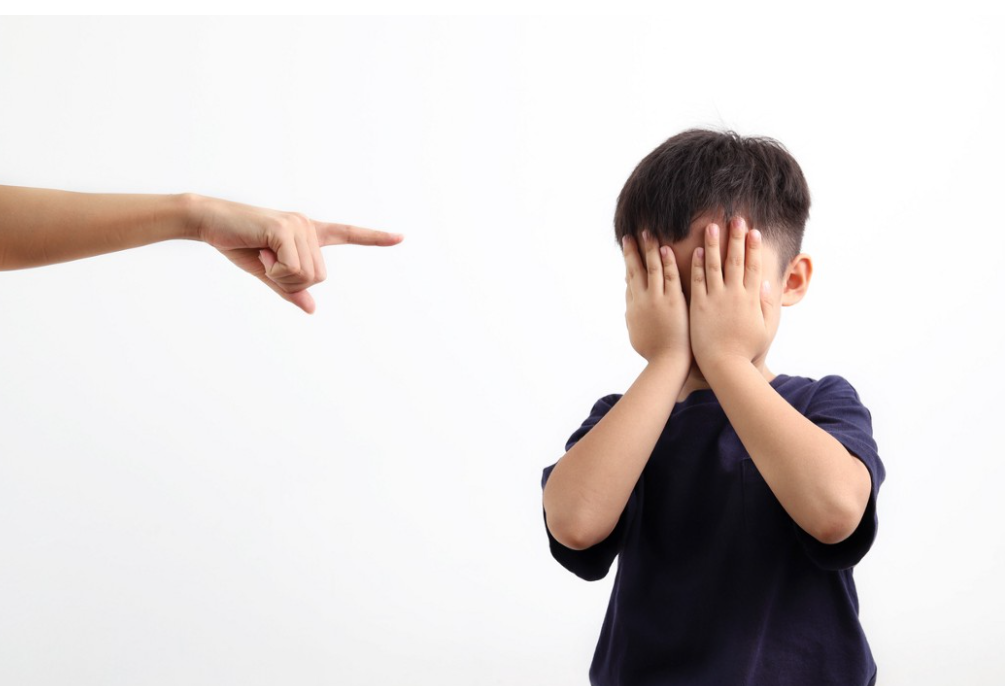
Catching a disease triggers shame
Last summer, my family returned from vacation with some special souvenirs — head lice. This common parasite, Pediculus humanus capitis, causes an estimated 6 million to 12 million US infestations each year. It made no difference head lice is common.
We still felt like the “lice family.” We felt shame.
I was embarrassed when I walked in the door of a medical office called “Nit Pickers.” My family followed the CDC guidelines for treatment and infection control. We soaked our heads in gooey nit removal shampoo, but we did not post selfies on Instagram.
Our embarrassment was understandable but unjustified. Head lice are common, and we did nothing wrong to acquire our little friends.
Still, we felt gross, dirty, and stigmatized.
Social stigmas are often linked to disease. Shame stems from failing to meet societal expectations. While lice associated shame is not likely to cause significant societal harm, a social stigma with Covid-19 worsens the pandemic and furthers the public health crisis.
With the US approaching 5,000,000 cases the odds are each of us will be exposed to someone with coronavirus. At this point in the pandemic, no one should be surprised if they contract Covid-19.
No single person is more likely than others to spread COVID-19. Any of us may be asymptomatic carriers of SARS-Cov-2 and may spread the virus before the symptoms inadvertently pass the infection to another person.
A new study in JAMA showed the viral load of asymptomatic carriers is about the same as those with symptoms.
Covid-19 is spread through person-to-person contact via respiratory particles. Breathing, talking, sneezing, and coughing spread large droplets.
All of us breathe.
We are all at risk of catching and spreading coronavirus.
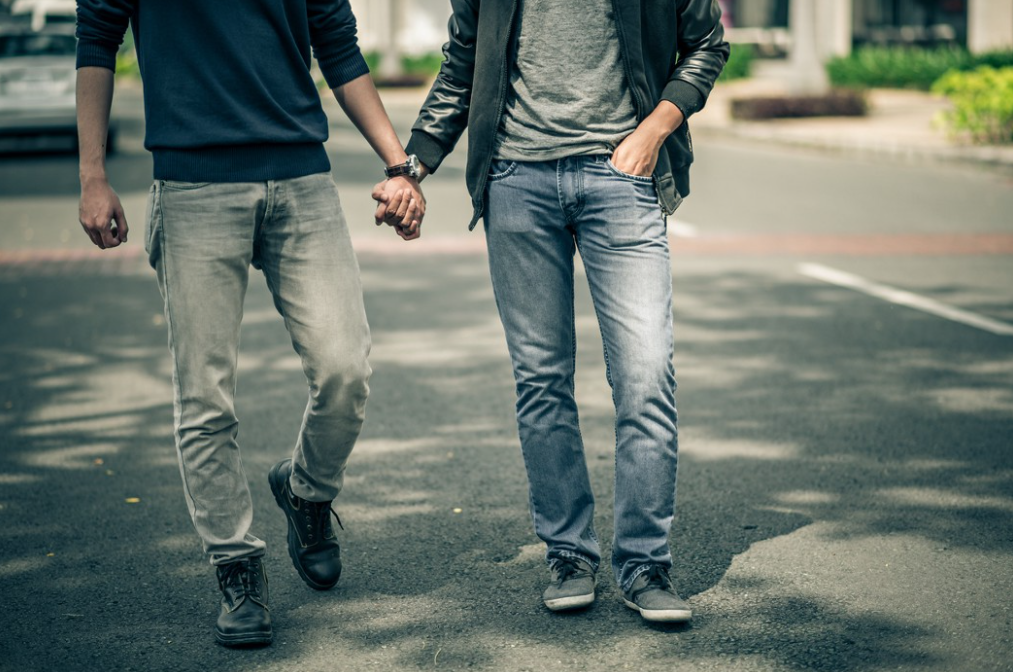
The Stigma of HIV serves as an example of shame
The US fight against HIV in the early 1980s illustrates the danger and profound impact of disease shaming. Like Sars-CoV-2, scientists knew nothing about HIV in 1982 when a surge of rare cancer cases called Kaposi’s sarcoma appeared in San Francisco and New York.
Around the same time, cases of an uncommon infection called pneumocystis pneumonia also appeared. Public health contact tracing efforts linked both diseases to men who have sex with men. Scientists recognized something was happening to the immune system of gay men.
By 1982, this new mystery illness was referred to as “gay-related immune deficiency” and “gay cancer. ” Quickly, the social stigma spread.
Gay men bore the brunt of the social stigma. The stigma of HIV was profound. On August 7th, 1983, televangelist Jerry Fallwell declared God had “sent AIDS as retribution for the sins of drug-using, gay communities” on his hit TV show the “Old Time Gospel Hour.”
The concept of HIV as a gay man’s disease continued until rare and unexpected infections appeared in IV drug users, newborn babies, and hemophilia patients who received blood transfusions. These new discoveries proved blood, as well as sexual fluids, transmitted HIV.
Community groups such as the HIV Global Men’s Health Crisis and ACT UP have spent the last forty years repairing the damage created by HIV stigmatization. HIV activists fought for medical research funding and an overhaul of public sexual health policy. The 1980’s HIV and Aids epidemic gave birth to the concept of #Safesex that continues to this day.
Society has made progress towards a positive and respectful approach to sexuality and sexual relationships. While most people no longer associate HIV with “God’s revenge,” many still consider certain sexual acts as “normal” while others are “perverse.”
Despite progress, some people still label individuals by their sexual preferences. Humans fear the unknown, and our protective instincts associate uncertainty with the fear of others.
After 40 years of activism, have we erased the social stigma of HIV infection? The prevalence of all sexually transmitted infections remains high. Most know condoms reduce the risk of HIV. Access to pre-exposure prophylaxis (PrEP) has improved. HIV testing is covered by insurance plans, Medicare, and Medicaid.
Most people are aware that anyone having sex without condoms is at risk of acquiring a sexually transmitted infection, but in 2021 many still ask potential sexual partners the stigmatized question “Are you clean?”
The value of Covid-19 open disclosure
To successfully combat Covid-19, we need to create a safe environment for open disclosure and community dialogue. We can not allow the social stigma of Covid-19 to permeate society.
To keep communities safe, we must identify Covid-19 cases and reduce the fear of talking about it. Those infected with coronavirus should share information with anyone they may have exposed.
Open disclosure protects others and potentially saves lives. Once a case is identified, parents, families, employers, and school officials can make decisions regarding isolation, testing, and quarantine. These decisions are only possible through information sharing and reporting.
When we point fingers, we are not focusing on the virus. Stigmatizing Covid-19 hurts everyone.
All of us can help.
Avoid Covid-19 shaming by resisting the urge to blame.
Focus on what works: identifying exposure, isolate those at risk, test, and treat.
Thank you to ILLUMINATION for publishing this article on Medium.
Blog Author: Dr. Jeff Livingston
Main Blog Photo By: keiferpix Istock by Getty
